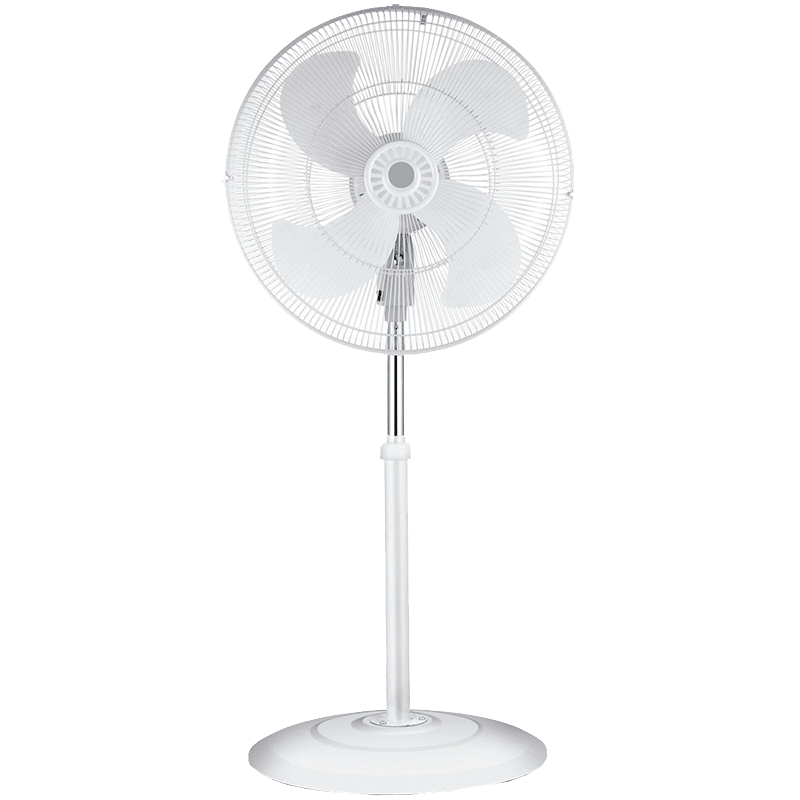Industrial Fans - What's the Difference Between an Industrial Fan and a Residential Ceiling Fan?
What's the Difference Between an Industrial Fan and a Residential Ceiling Fan? Industrial fans have two main components: the impeller and the housing. These parts are connected by a belt or direct drive. Industrial fan motors are alternating current, and their windings and bearings are enclosed in a casing to protect the internal mechanisms from damage and dissipate heat. The casing may also be explosion proof. Depending on the application, industrial fans may also use different types of electrical power.
When installed in large spaces, an Industrial Fan offers several benefits. For instance, it can provide much-needed cooling and ventilation to keep the temperature consistent. These fans have a high power-to-weight ratio and can even create an evaporative cooling effect of up to 10 degrees! In addition to being very effective in maintaining temperature levels, industrial fans can help reduce energy costs. The larger the fan, the better it can cool an area. It's important to choose the right one for the space in question.
When purchasing an Industrial Fan, be sure to get a quality, durable model from a reputable company. Generic replacement parts can often fail to perform as well as original equipment manufacturer (OEM) parts do. OEM parts are designed with tighter tolerances and compatibility in mind. If you can, find a fan manufacturer that can give you detailed information about their fan replacement options and installation. The more experienced your fan dealer is, the more likely you'll be happy with your purchase.
In addition to quality, you should consider the cost and weight of your industrial fan. Choosing the right material for your application is critical. Choosing the right metal or alloy will impact the fan's weight, cost, and maintenance. Furthermore, choosing the right material will determine the fan's durability and appearance. Some popular materials are carbon, steel, titanium, monel, and stainless steel. Abrasion-resistant industrial fan is an excellent option when handling abrasive materials.
Industrial Fans are high-efficiency air flow devices, designed for use in harsh environments. They're made of durable materials, including continuous welds and ball or roller bearings. Additionally, they can be used for extended periods of time. A good industrial fan will also have a long lifespan. You'll want to shop around for a durable unit that is built to last. A good place to start your search is Harbor Freight. This company has many different options, including Industrial Fans for Harbor Freight.
Axial industrial fans, on the other hand, use the air movement techniques of both centrifugal and axial fans. An axial fan pulls air in from an inlet and exhausts it axially from the outlet. Axial fans are also a good choice for many applications, but you should consider the air density in your application to determine the best choice for your needs. If you don't know much about these types of fans, contact a dealer for more information.
